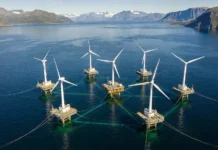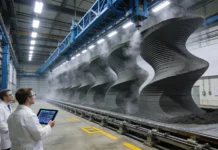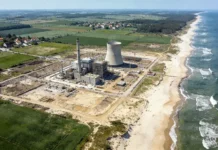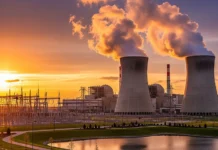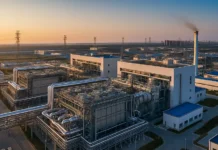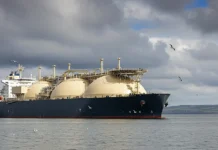GSE Solutions has developed a simulation model for hydrogen fuel cell generation and storage plant to aid NuScale Power’s hydrogen simulator project.
The project forms part of the overall research into clean water supply and effective hydrogen production technologies.
NuScale’s operations team has reconfigured the key components for its reversible solid oxide fuel cell (RSOFC) system with the collaboration of GSE Solutions.
Using GSE’s JTopmeret and JLogic modelling technology from its JADE suite, they have improved the steam supply, hydrogen compression and heat recovery system control logic.
The NuScale Power develop hydrogen simulator project is a collaboration that has resulted in a sophisticated simulation model that supports both generation and storage at NuScale’s headquarters in Corvallis, Oregon. The updated simulator allows for dynamic evaluation and optimisation of configurations. It is tailored for industrial applications fulfilling the requirement of more than 200 metric tonnes of hydrogen per day.
NuScale’s small modular reactor (SMR) nuclear technology now features an integrated energy system simulator that is concentrated on high-temperature steam electrolysis mode in addition to the newly established capabilities. The NuScale Power develop hydrogen simulator project integration positions NuScale as the first SMR company to include hydrogen production as part of its control room simulator.
GSE Solutions president and CEO Ravi Khanna stated: “We are proud to be part of an industry first. NuScale can now use the integrated SMR/RSOFC model to test control strategies and determine how best to use them for hydrogen storage in meeting decarbonisation goals.”
A single NuScale power module (NPM) coupled to a reverse osmosis desalination system is projected to produce a yield of 150 million gallons of fresh water a day without producing carbon dioxide.
12 NPMs supply desalinated water for a city of 2.3 million residents and power 400,000 homes with electricity.
In May 2025, NuScale Power obtained US Nuclear Regulatory Commission approval for its uprated 250 megawatts thermal (77 megawatts electrical) power modules SMR design.










